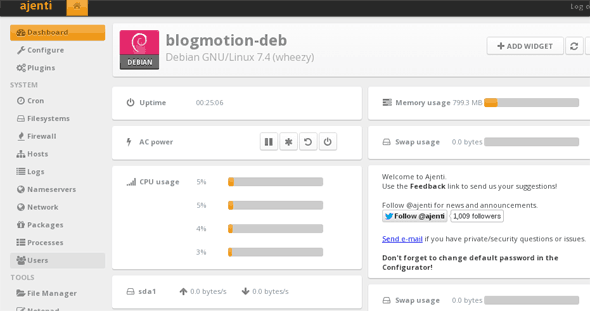
Masscan can do more than just detect whether ports are open. This output can be used as input back into the program: # masscan -p80,8000-8100 10.0.0.0/8 -echo > xxx.conf This dumps the current configuration and exits. To see the complete list of options, use the -echo feature.
#Netatalk firewall ports driver
To get beyond 2 million packets/second, you need an Intel 10-gbps Ethernet adapter and a special driver known as “PF_RING ZC” from ntop. other: try just compiling all the files together.
#Netatalk firewall ports mac os x
Mac OS X /w XCode: use the XCode4 project.Windows w/ Visual Studio: use the VS10 project.While Linux is the primary target platform, the code runs well on many other systems. The source consists of a lot of small files, so building goes a lot faster by using the multi-threaded build: $ make -j
#Netatalk firewall ports install
You’ll have to manually copy it to something like /usr/local/bin if you want to install it elsewhere on the system. This puts the program in the masscan/bin subdirectory.

On Debian/Ubuntu, it goes something like this: $ sudo apt-get install git gcc make libpcap-dev This tool is free, but consider contributing money to its developement: Bitcoin wallet address: 1MASSCANaHUiyTtR3bJ2sLGuMw5kDBaj4T Building

This means you need to either the -src-ip option to run from a different IP address, or use -src-port to configure which source ports masscan uses, then also configure the internal firewall (like pf or iptables) to firewall those ports from the rest of the operating system. Anything other than simple port scans may cause conflict with the local TCP/IP stack.

NOTE: masscan uses a its own custom TCP/IP stack. It’s more flexible, allowing arbitrary port and address ranges. Internally, it uses asynchronous tranmissions, similar to port scanners like scanrand, unicornscan, and ZMap. When in doubt, try one of those features. It’s input/output is similar to nmap, the most famous port scanner. It can scan the entire Internet in under 6 minutes, transmitting 10 million packets per second, from a single machine.


 0 kommentar(er)
0 kommentar(er)
